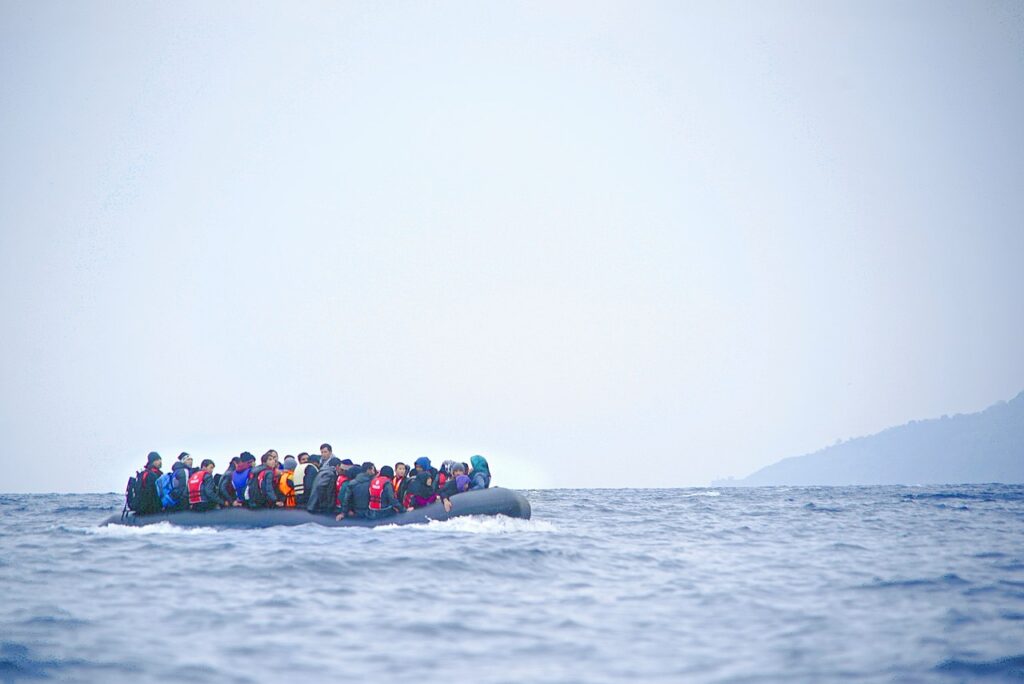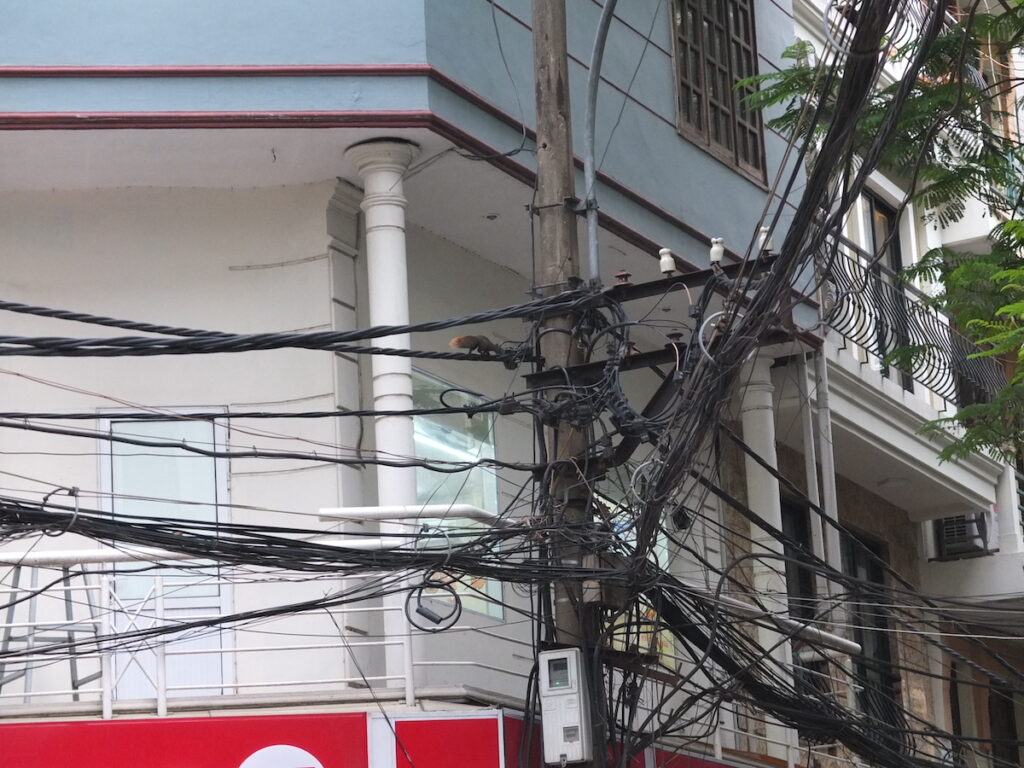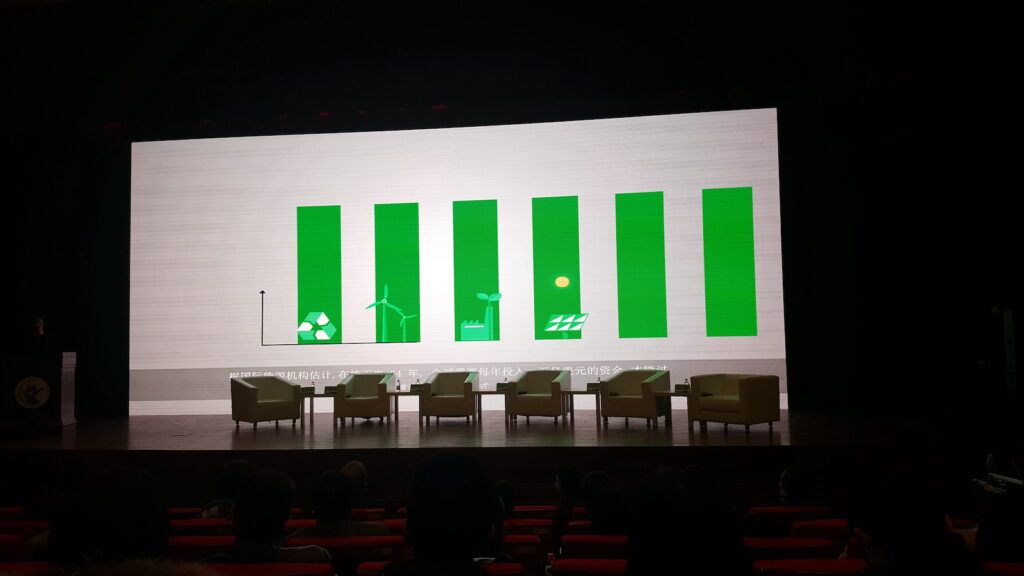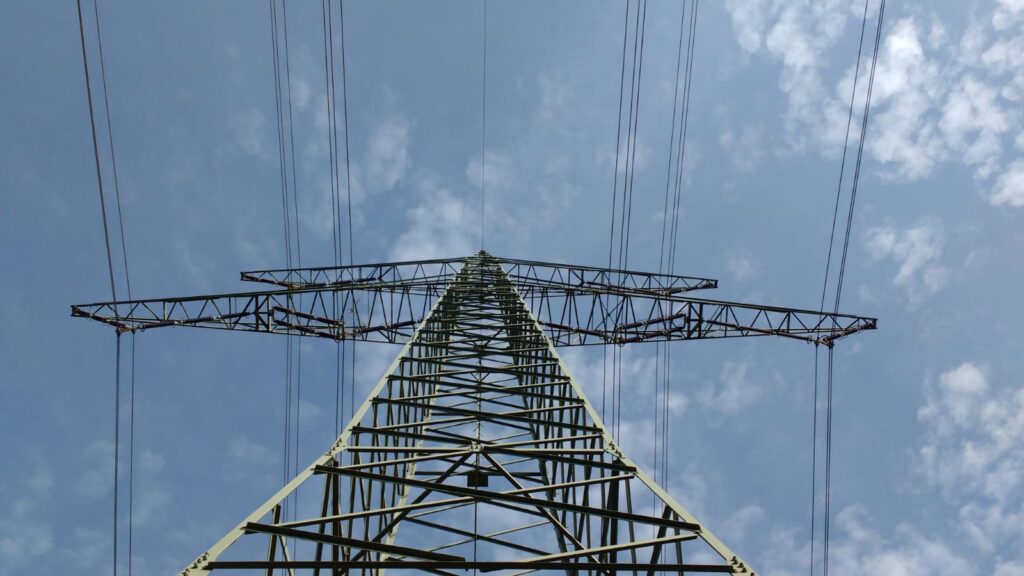Matan Kaminer’s reflections on the workshop, “Rethinking surplus populations” is full of interesting insights and challenging puzzles. As he says, “operationalizing this concept [surplus populations] for the analysis of particular ethnographic cases throws up real problems.” (Kaminer, 2022). A task preliminary to operationalizing the concept, however, is the task of clarifying what it refers to. This is especially so for two reasons.
First: currently the term is not derived specifically from Marx’s reflections but is used to refer to a wide range of phenomena not all of them by any means consistent with one another. Indeed, it is no exaggeration to suggest that in the majority of its uses ‘surplus population’ (and similar terms like ‘wasted lives’ and so on) is not a problem produced by capitalism but to the contrary describes people who do not have enough of it (e.g., Ferguson and Li, 2018). As a result, conversations where the term has been operationalized risk being confusing from the start, interlocutors thinking they are dealing with the same apples when in fact what they share looks more like a fruit salad.
Second: even for those explicitly tying their use of the concept to Marx there is disagreement. How does it differ from a reserve army of labour? Is it indeed just surplus labour? Is the surplus population always a relative surplus or are there historical moments when it becomes absolutely surplus? (See for example, Nun, 1969; Quijano, 1974) And anyway: relative to what? To the non-surplus population? Or in temporal terms, surplus today but not so tomorrow? Then, whatever it is á la Marx, there are those who would argue that a population surplus to capital is simply inconceivable: capitalism is everywhere, its tentacles making even the most apparently surplus of populations simply one more cog in its machine of reproduction.
This makes it hard for me to agree with the opening of Matan’s final paragraph, that “regardless how we parse the concept… its continuing and even growing relevance shows that [Marx’s] analytic categories… are… relevant today,” (Kaminer, 2022) if by ‘relevant’ he means also useful. And my point is well illustrated by what he then suggests that, “even the possibility of being exploited has become a coveted privilege denied to billions.” For surely the question of who is exploited, over-exploited, or super-exploited and by what means has by no means been settled in such a way that we can assume that billions are denied this opportunity.
There is much that I agree with in Matan’s reflections. Indeed, it is the precision of his argument that so well illustrates the preliminary problems we face before we can operationalize the concept. Nevertheless, the almost matching pair ‘social reproduction’ and ‘surplus population’ now have such vast currency that any step towards clarity might be useful however small. And useful above all, as Matan would have it, to enable “a rethinking of political strategy.”
And so, in what follows, I would like to make some observations that help at least me, to think about surplus populations in the context of contemporary capitalism, and then make suggestions about political strategy that are intended to be more provocative than conclusive. To anticipate, it may be that some of the concepts/terms we use as though they were common currency may actually get in the way of contributing to the kind of subaltern praxis of populations of this kind.
On surplus and populations
What follows arises mostly from the second of the two difficulties I have spoken of. But we cannot so easily distinguish the two because many who use the often-paired concepts social reproduction/surplus population are either under the impression that their casual usage is more or less in line with Marx’s various uses, or are intentionally and explicitly seeking to refine it for contemporary application; they are not uncomfortable with Marx but they believe Marx would be uncomfortable in the present (and for some, should have been uncomfortable in the past too). Because of this discourse as it has unfolded at least since the seventies, there is a risk that the notes that follow appear to be overly rigid and uncompromising. This is not my intent. Rather I am hoping the following notes might function more as a foundation on which to continue a longstanding conversation.
I hope I am not saying anything too controversial to start with if I say that Marx set out to write a book called Capital. What concerned him was to study how capital was reproduced through the use of both a dialectical and an historical method. In the course of this study a figure emerges who time and again is spoken of in terms of a conflicted binary. On the one hand, this figure provides labour power to capital from which surplus value is produced. As a result this labour and its performer is valued. On the other hand, this same figure has to devote necessary labour to the reproduction of the performer and all that that implies. A peculiarity of this kind of society is that “necessary labour appears as superfluous, because the superfluous is . . . necessary only to the extent that it is the condition for the realization of capital” (Marx, 1973: 609). In other words, this figure is made up of valued labour and necessary labour. In the Alice in Wonderland world of capital the labour producing surplus is valued labour and the other, the necessary labour, is surplus. The value:surplus of this figure – and here we might see it as a person, a group, or a category of a population – can be written as a ratio in which 9:1 looks more like a valued figure (person, population etc) working 90% of the time to produce surplus value, while a 1:9 ration gets closer to being a surplus figure working only 10% of the time for capital.
I hope it is clear why I put the valued labour/surplus labour notion in this way. It suggests that insofar as a person, a category of persons – even those resident in a specific space – devoting a mere 10% of their energies to reproducing capital are to that degree surplus. It doesn’t of course mean that capital runs so close to the bottom line that only those who devote absolutely none of their energies to its reproduction are rendered surplus. What it does mean is, in Marx’s words that “society in its fractional parts undertakes for Mr Capitalist the business of keeping his virtual instrument of labour . . . intact” (1973: 609–610). It is a service, in other words, that various spheres of society provide to Mr Capitalist. In fact, Marx goes on to say, “as reserve for later use,” but – since this temporal feature is not a transhistorical fact we will come back to it later. Anyway, even were this reserve function not performed, global capital does not run so close to extinction through loss of surplus value that it is unable to tolerate a population ‘surplus’, one way or the other.
‘Society’ then in its fractional parts is the component that matters when speaking of the necessary side of labour activity. We can assume that ‘society’ comes as a cost to capital. Politics is a lot to do with which ‘fractional parts’ across a spectrum capital is prepared to pay for. We will return to this but it does mean that the practices and relationships that involve this element of reproduction will vary as they are moved from one site in the social fabric to another. So, a mistake is made when the reproduction of ‘society’ – in other words ‘social reproduction’ – is understood as entirely a matter of the direct interrelationships among those performing necessary labour, in households and ‘families’ for example.
On social relations and their reproduction under capitalism
In any case, as I have said, Marx wrote a book called Capital about the social relations that are necessary for the reproduction of capital. This is because that’s what Marx was interested in: the reproduction of capital (via labour). What then are the social relations necessary for the reproduction of labour? From what we have said we can see that these cannot be entirely disentangled from the conditions required by capitalist relations. But as we move from one end of the ratio to the other, are there ‘logics’, embedded in the reproduction of labour that need to be understood as such? Is it possible that, insofar as Marx’s interest in labour really only extended to those closer to the 9:1 ratio, so he left for later study the reproduction of the class of labour itself?(Lebowitz, 2003; Smith 2022). While, through the reading of Capital and Grundrisse we can come to a useful understanding of the underlying mechanisms conditioning the reproduction of all forms of capital – and hence the social relations extending variously therefrom. The same is not so for the very different instances for the way combined labour is reproduced. By combined labour I mean both ‘valued’ and ‘necessary’, but the issue is specifically to do with the principles that must be in place for necessary labour to be reproduced.

We might begin by noting that no theory of the reproduction of labour can be adduced along the lines that Marx used in his study of capital. So, whereas the inroads of various Marxist versions of ‘social reproduction theory’ have been crucial in helping us understand different instances of capitalist society, they do not warrant use of the term ‘theory’ in the same way as the theory Marx developed through his historical realist method. Instead, beginning with the conditionalities we must take into account from the actual processes by which capital is reproduced in the specific setting we are studying, we need to explore through the methods of historical-realist ethnography specific instances of the social reproduction of labour as it articulates with capital.
This then is the first hurdle to be crossed: that unlike the circuit that determines the reproduction of capital through the realization of surplus value, there is no such circuit for the reproduction of labour. In the former instruments – tools, machines, etc. – are made productive through the inputs of labour power. The value that results is realized in the market and any surplus arising thereby is retained by the owner of those instruments. In principle the circuit closes with the realization of value made possible by the market: no market → no realization → no value → no surplus: no capital. Such a circuit transferred to what I am calling combined labour can only refer to that labour ‘realized’ on the labour market: i.e., valued labour. Necessary labour does not reach a point of realization – completing a circuit. So, there is no ‘logic of realization’ in this sense.
A second hurdle paradoxically arises from the entanglement of necessary labour with the kind of society within which it is to be found – a capitalist one. Neither the arena in which combined labour is to be found nor even just its ‘necessary’ component can ever be understood therefore as an ‘assemblage’ or package of multiple ‘contingent’ or ‘aleatory’ variables bumping into each other like billiard balls. Resort to such carpet-bagged bits and pieces reveals simply a failure to tackle the difficult terrain in which all forms of social practice are dialectically related to – that is to say mutually/reciprocally produced by – capital. So, the second hurdle arises because combined labour is articulated with capital, not autonomous from it.
These two conditionalities provide the challenge for understanding the myriad practices that are required to ensure the reproduction of necessary labour with the precision that is possible for the reproduction of capital for analytical purposes taken alone. This is well illustrated by the common practice in the literature of contrasting so-called ‘use values’ to be found in the arena of social reproduction with ‘exchange values’ found beyond it. As much as the distinction is useful it can be misleading since use values do not complete a circuit by being realized in the market. Along one dimension, in terms of labour they are better understood as an array of practices and relationships that, in being so, do not present themselves as complete or even in some cases named. (Williams, 1977: 115-20) Or put another way, their evident practice though often called upon, obviates the need to be named. Along another dimension, it is commonly overlooked that the realm of necessary labour requires tools and the occupation of physical space. Yet these ‘means of production’ tend to occupy an ambivalent position between their valuation as property on the one hand and as the necessities of survival on the other.
Taken together this means that the authorization of labour as value and of tools and space as property stand in dialectical opposition to necessary labour and the use of tools for undertaking it. It is in this sense that it is possible to understand this sphere of reproduction as inherently resistant to the value regime arising from labour-as-commodity and tools-as-property. (Smith, 2016). The particular point at which such structural tension is felt is a function of the historical moment or geographical setting where one or other form of capital is regnant in the dominant bloc. In my own work in Peru I showed how the move by capitalist agriculture to replace open-ended practices of labour with the fixed closure of wages gave rise to rebellion (i.e., from structural to willed resistance). (Smith, 1989) Extractive capital effects a similar transformation over space, just as finance capital does so over tools (credit schemes) and sites of necessary labour (rents).
These perpetually active ‘collectively orchestrated improvisations’ (Bourdieu, 1977:72) in the present to regulate the future are not well captured by terms like ‘use values’ or ‘non-commodified practices/relations’. While the following remark by the early Bourdieu is too emphatic….
“It is because subjects do not, strictly speaking, know what they are doing that what they do has more meaning than they know.” (ibid: 79)
…. it does go some way toward capturing what Gramsci spoke of in terms of common sense and good sense. Williams identifies the point I am trying to make when he speaks of the strongest barrier we have as social analysts trying to capture the sense of presence in social activity being, “this immediate and regular conversion of experience into finished products.” Williams, 1977: 128). Finished products – a circuit completed, something we understand intuitively through our social engagement with a market that realizes our value as we step into the street. Yet what we are dealing with here is precisely a sphere that fails to realize – complete, condense, contract – practices and relationships that for populations of the 1:9 ratio constitutes most of their sociality. We should be careful what we ask for therefore, when we demand that such lifeworlds be taken from where they are hidden and brought within the norms of capitalist society.
The social relations of social reproduction
But this realm of social life is only one of the fractional parts undertaken for Mr Capitalist to keep his virtual instrument of labour intact. When it is remarked in respect to these populations, as it so often is, that what Mr Capitalist pays is below the socially necessary costs of reproduction, we are obliged to look for what the ‘fractional parts’ may be that Marx suggests come into play. One such part cannot be the unrecognized necessary labour of the kind I have been speaking of since, by definition, we have been told those social necessities cannot thus be met. Does this mean that, like lemmings, the chasm of extinction calls? While this is certainly the fate of many, one has the feeling that it is not this very obvious surplus population that these writers are referring to, so how do they survive? The kinds of fragments that Marx may have been alluding to were the poor houses, Speehamland arrangements and so on of the past. In the mid-twentieth century these were glossed under the term ‘welfare’ and mostly undertaken by the state. Later in that century and currently in this one, elements of the social reproduction of necessary labour became broken up very much into the fractional parts Marx (presciently?) spoke of. By relying on distinct sources of philanthropy church groups, secular non-governmental organizations, food banks, and so on exposed the very specific fractions he spoke of.
Simultaneously they brought into play a multiplicity of social relations and practices that crowded together to undertake the task of social reproduction for Mr Capitalist. In each case, however, whether we speak in the past, of the poor houses of the nineteenth century, or the schools and hospitals of the postwar period; or whether we speak in the present, of church groups or food banks, they come as costs for capital as a whole and, insofar as they are fractional, they are also factional: they impact on different kinds of capitalists in differing ways producing their own (class, ethnicized, regional, etc.) flavour of politics as a result. In other words, the social relations brought into play for the purposes of social reproduction, once removed from the necessary labour of workers themselves, vary considerably and articulate with capital in different ways.
Finance capital as a hegemonic bloc
Seen in this way we begin to understand why ‘neoliberalism’ is such an unhelpful, imprecise notion for deconstructing what is happening to reshape social reproduction. Rather we need to turn attention to the different fractions of capital that are regnant in a dominant bloc. This is not a question of ‘financialized capitalism’; capitalism has always needed to be financialized. It is a question of the dominance of finance capital as such that we need to address, the conditions it needs to have in place for its reproduction and the ways in which its dominance is reflected in the reproductive logics of other forms of capital – industrial, agricultural, extractive and so on. As for the conditions of possibility this presents to valued and necessary labour – the realm of ‘social reproduction’ if you like – there is a great deal that can be said and indeed has been said.
But I want to draw implications from a particular feature of finance capital which is that it takes the form of the direction of flow and then the capture of surplus value. It is, for example, this characteristic that helps us to untangle the multifarious flows of ‘the surplus’ that finance is able to direct and capture my being woven into the vast array of market valuated arrangements that now make up the fractured and competitive field of governmental, non-governmental, and privatized social ‘supports’.
There are three features of finance capital that underly its role in the reproduction of a capitalist society dominated by its form. First, as I have said, it is about flows of surplus value, their direction/regulation and always their capture (and then release). Second, while it relies on the amounts of surplus value available and its form – its liquidity, fungibility, quantifiability, etc. – it does not itself produce surplus value. Finally, while by no means the only way of doing so, a principle means of managing risk in the realm of finance is through diversification.
These three features have their cognate manifestations in society as a whole. In this setting the flow of goods and services are not only channeled through market principles, they allow the dyke to direct flow through financial instruments. Then, insofar as the management of risk is achieved through diversification it is essential that diversity of phenomena, material and social – their distinction from one another – can be reliably assessed. Difference cannot be simply perceptual; it must be sufficiently real to meet the requirements of investment diversification: including investment in a population. Thus, insofar as left to itself, finance capital does not increase the overall surplus value available to a social formation, so it cannot absorb a reserve army of labour.
Finally, we come to the politics. I have suggested elsewhere that once people and the perquisites can all be given an asset value it becomes important for managing risk that there be differences among them. These cannot be simply claims to difference. There must be social diversity that translates into risk reduction by diversifying investments in different kinds of population – identities if you like. Different elements of the population are then encouraged to negotiate to enhance their ‘asset value’ for society understood as a collectivity of this sort. The hegemony of the dominant bloc works as such by being openly selective: celebrating distinction, selection, difference. This heterogenous population then expresses participation by negotiating the best possible placement in the social field.
But surplus value is made available to finance – finance as such – only by means of capture. It seeks to enhance its position by expanding the field across which it can make this capture effective, legal and cost-effective. It is pre-eminently expansive in this sense, not in the sense that industrial capital expands, enhancing surplus value both in space and in time albeit unevenly: in regional and temporal crises. These latter produce relative surplus populations that can, if the conditions are right, serve as reserve armies of labour. No such cycle has this effect in the cases where finance capital dominates. The result is that populations come into being for whom a politics of negotiation has little or nothing to offer them because they have nothing with which to negotiate.
Externally and brutally, they are threatened by forces against which they must resist – in some way collectively. Yet internally and more subtly they are threatened by the destruction of their sense of collective ‘presence’, – of the form of subjectivity on which they rely. A kind of sociality that invokes their active imbrication in a necessarily inter-relational future: “meanings and values as they are actively lived and felt” in Williams’ terms (1977: 132). This means that their daily existence is one of resistance. Their choice is being obliged to negotiate as wretched citizens and, as such, always failing; or finding means for turning the resistance that inheres in the lives they value into a politics of refusal: what we might term a counter-politics against the pervasive hegemony that selects among beneficiaries. (Smith, 2014)
And, still, no surplus population
It is only after a series of enquiries of this kind – globally and historically – that we can then begin to speak usefully of whether or not certain populations are surplus in the sense that they are unable to meet either capital’s requirements or those of the socially constituted necessities of population. Academics who for the purposes of their score on the Marxian league table (and its various social democratic extensions) argue that there are no surplus populations insofar as they are perforce obliged to consume capitalists’ commodities despite the fact that in doing so they cannot survive (and anyway when the absence of such minimal consumption would not make even an itch to be scratched for capital), or by pointing to the outsourcing of incarceration, or the administration of refugee camps etc. are thereby not surplus, detritus or of no value, display a coy intellectual condescension that simply reveals their splendid isolation from an unfortunately large part of the world they live in.
Gavin Smith is Emeritus Professor of Anthropology at the University of Toronto and has worked in South America and Western Europe. Apart from ethnographic monographs he has published two books of essays, Confronting the present, 1999; and Intellectuals and (counter-) politics, 2014.
References
Bourdieu, 1977: Outline of a theory of practice. Cambridge
Ferguson, James, and Tania Li. 2018. “Beyond the ‘Proper Job:’ Political-Economic Analysis after the Century of Labouring Man.” Institute for Poverty, Land and Agrarian Studies. University of Western Cape.
Lebowitz, Michael 2002: Beyond Capital: Marx’s political economy of the working class Palgrave Macmillan. London
Nun, José 1969: “Sobrepopulación relativa, ejercito industrial de reserva y masa marginal,“ Revista Latino-Americano de Sociología, 5, 2 178-236.
Quijano Obregón, Aníbal 1974: “The Marginal Pole of the Economy and the Marginalized Labour Force,“ Economy and Society, 3, 4. 393-428.
Smith, Gavin, 1989: Livelihood and resistance: peasants and the politics of land in Peru. University of California Press, Berkeley.
Smith, Gavin 2014. Intellectuals and (counter-)politics: essays in historical realism. Berghahn, Oxford
Smith, Gavin 2016: “Against social democratic angst about revolution: from failed citizens to critical praxis.” Dialectical Anthropology 40: 221-239
Smith, Gavin, 2022: “Social reproduction and the heterogeneity of the population as labour” in Gill, L. & Kasmir, S. (eds): The Routledge Handbook of The Anthropology of Labor [Forthcoming] Routledge, New York
Williams, Raymond. 1977: Marxism and literature. Oxford University Press, Oxford.
Cite as: Smith, Gavin. 2022. “Toward a non-theory of the reproduction of labour.” FocaalBlog, 9 March. https://www.focaalblog.com/2022/03/09/gavin-smith-toward-a-non-theory-of-the-reproduction-of-labour/





